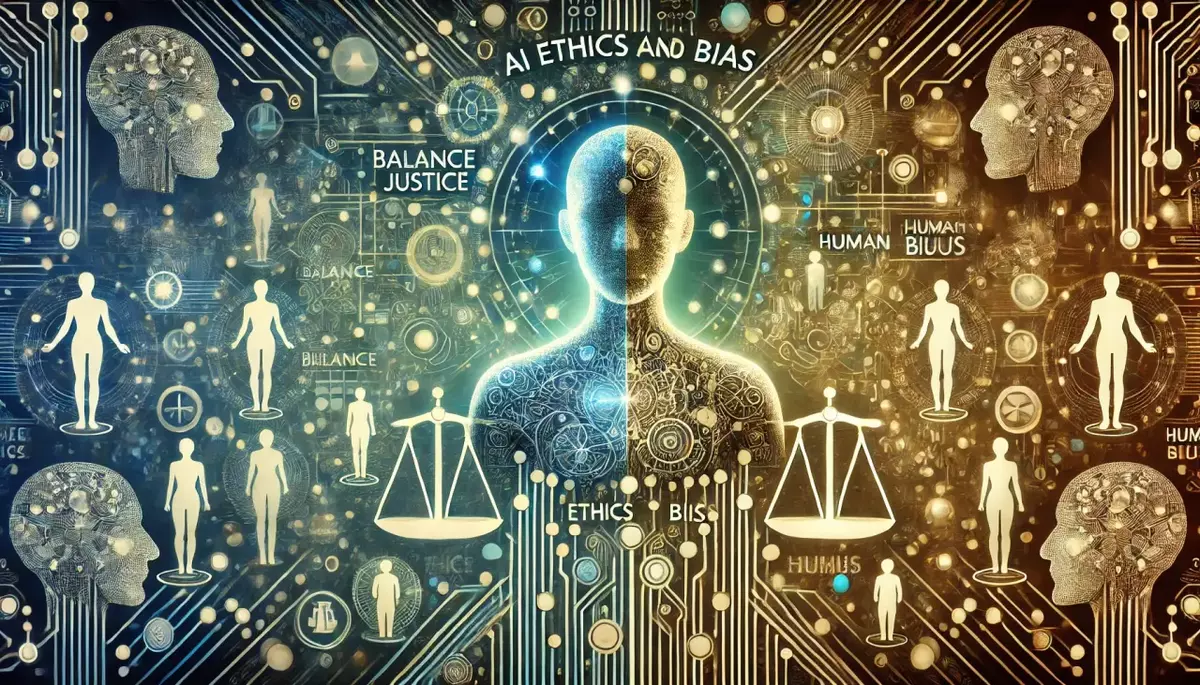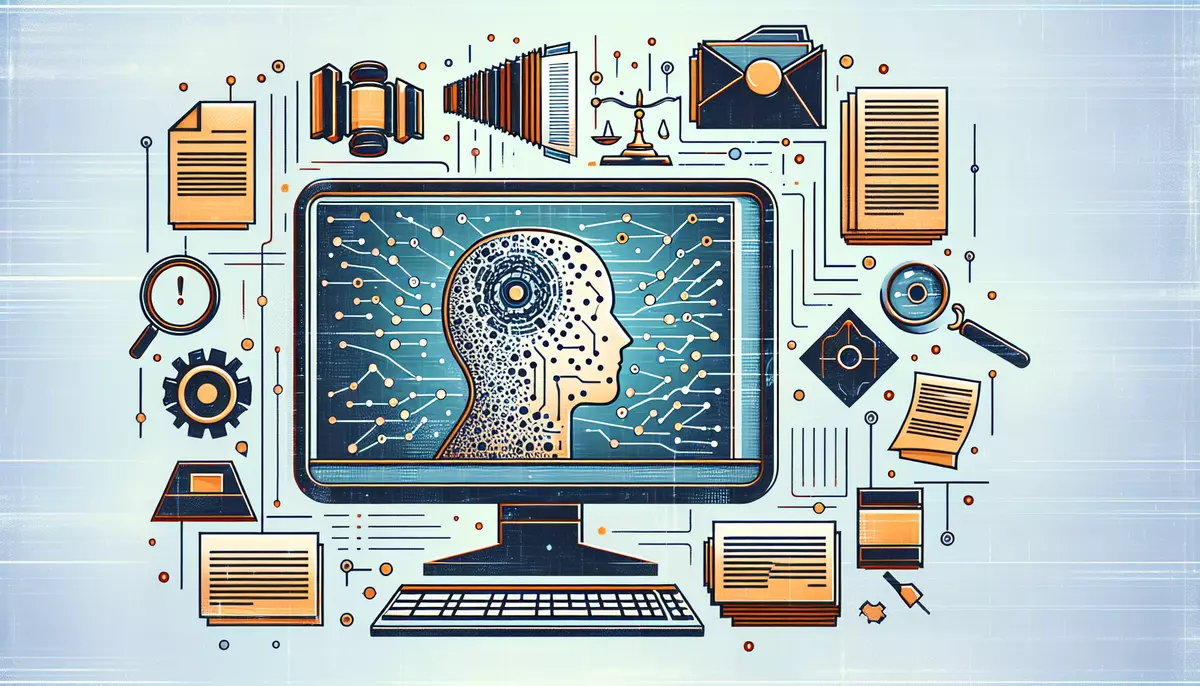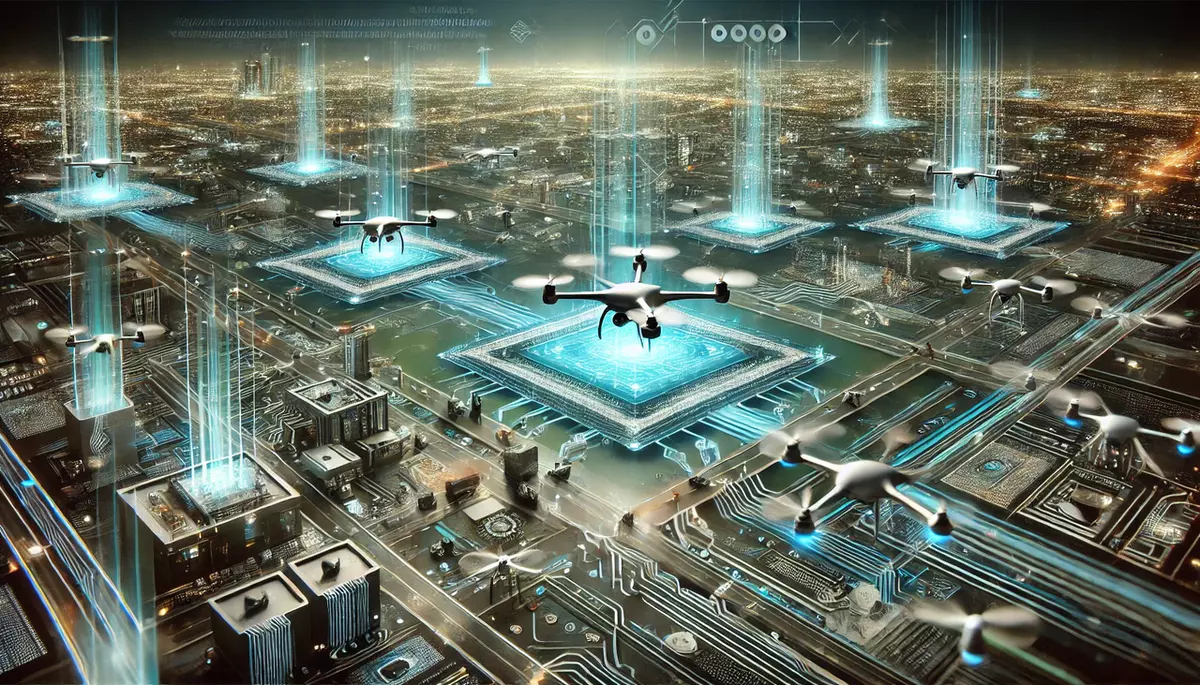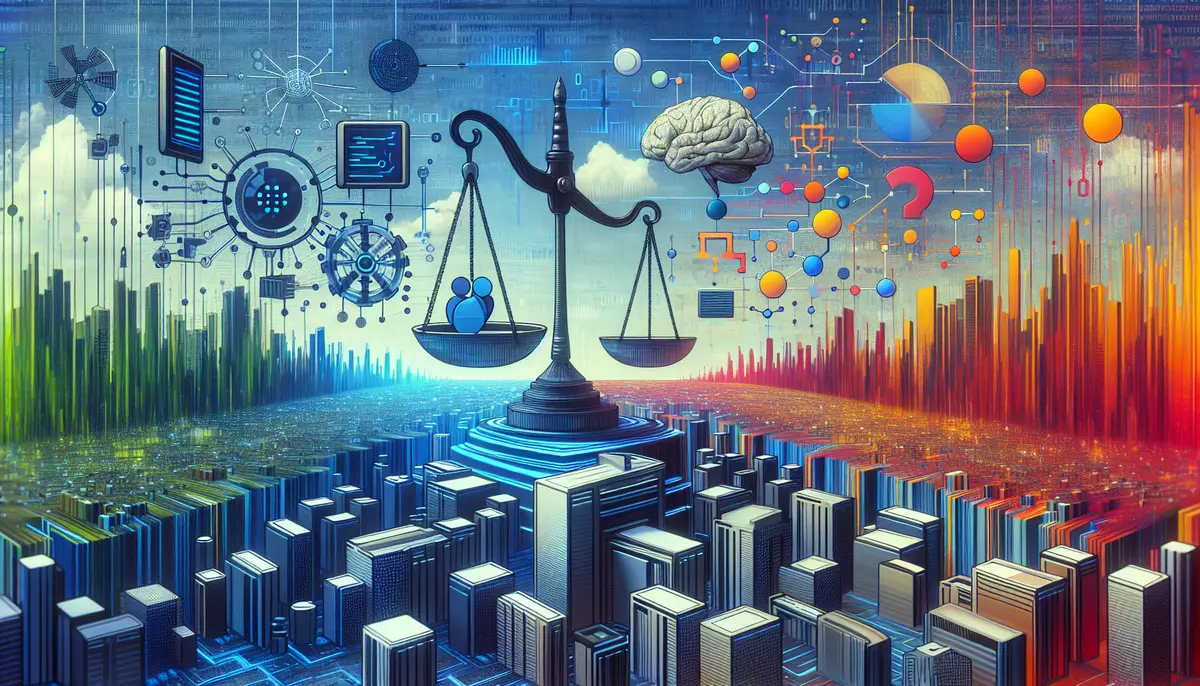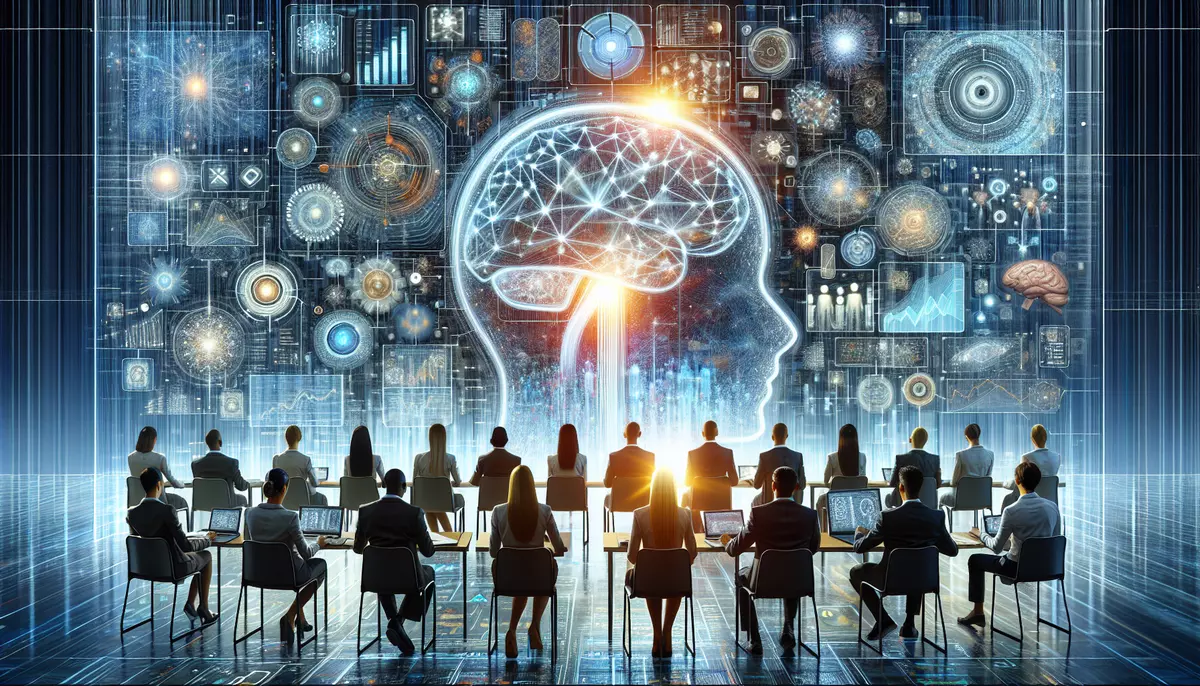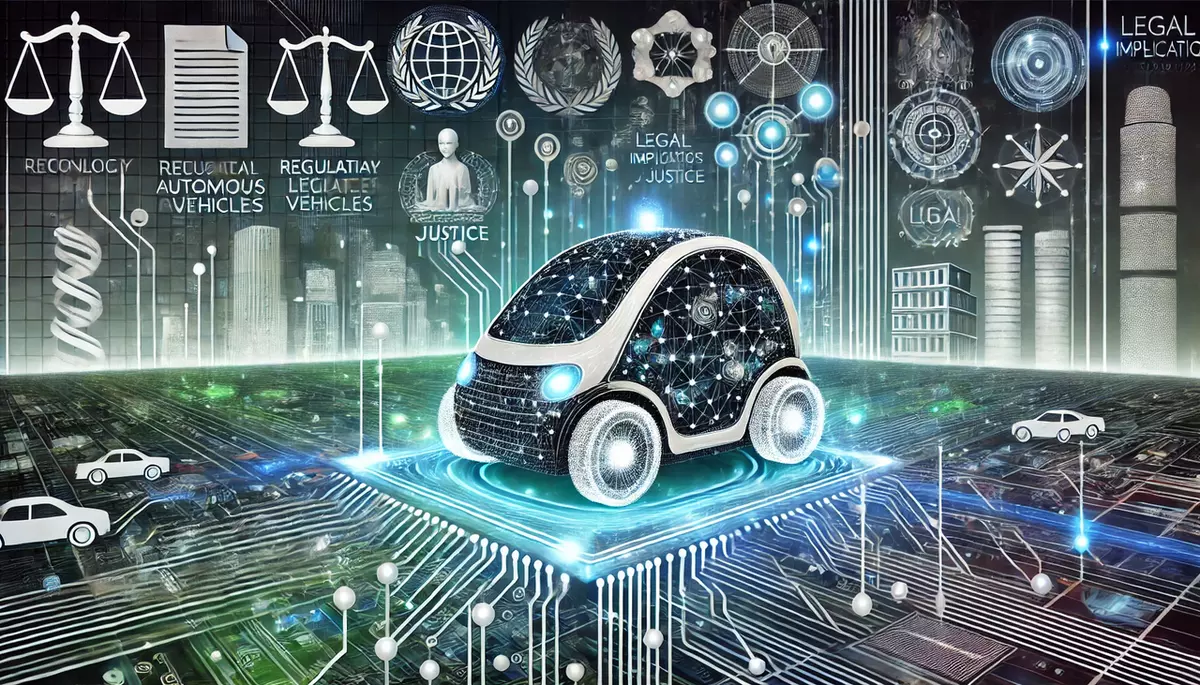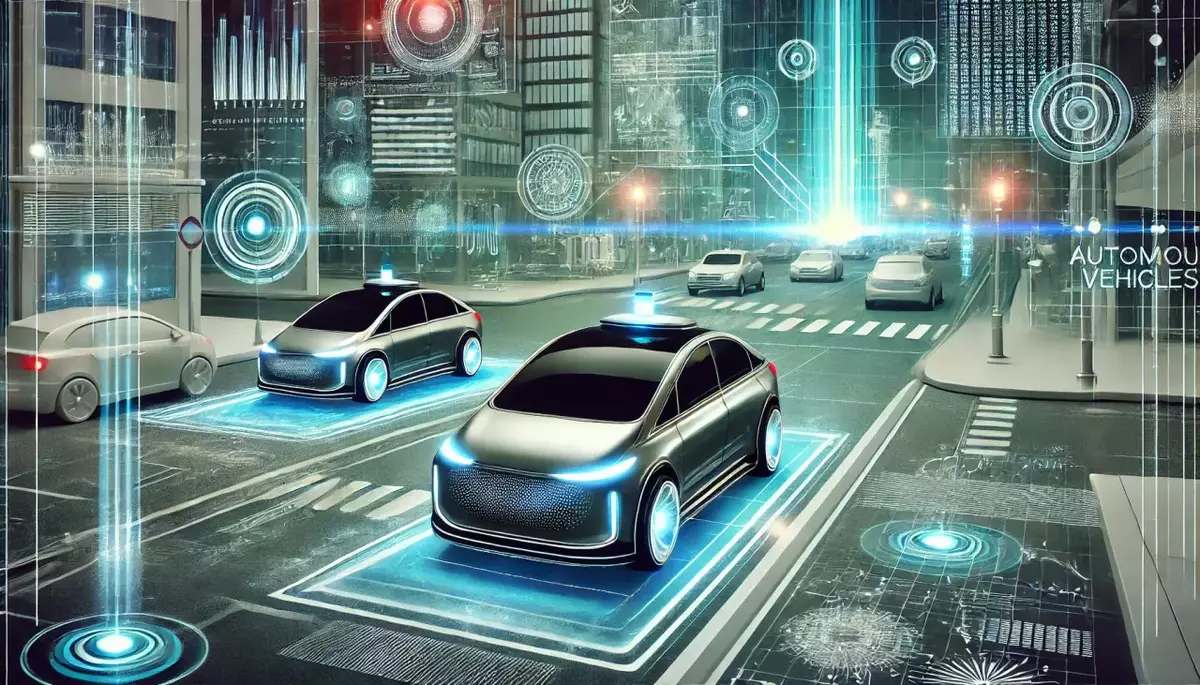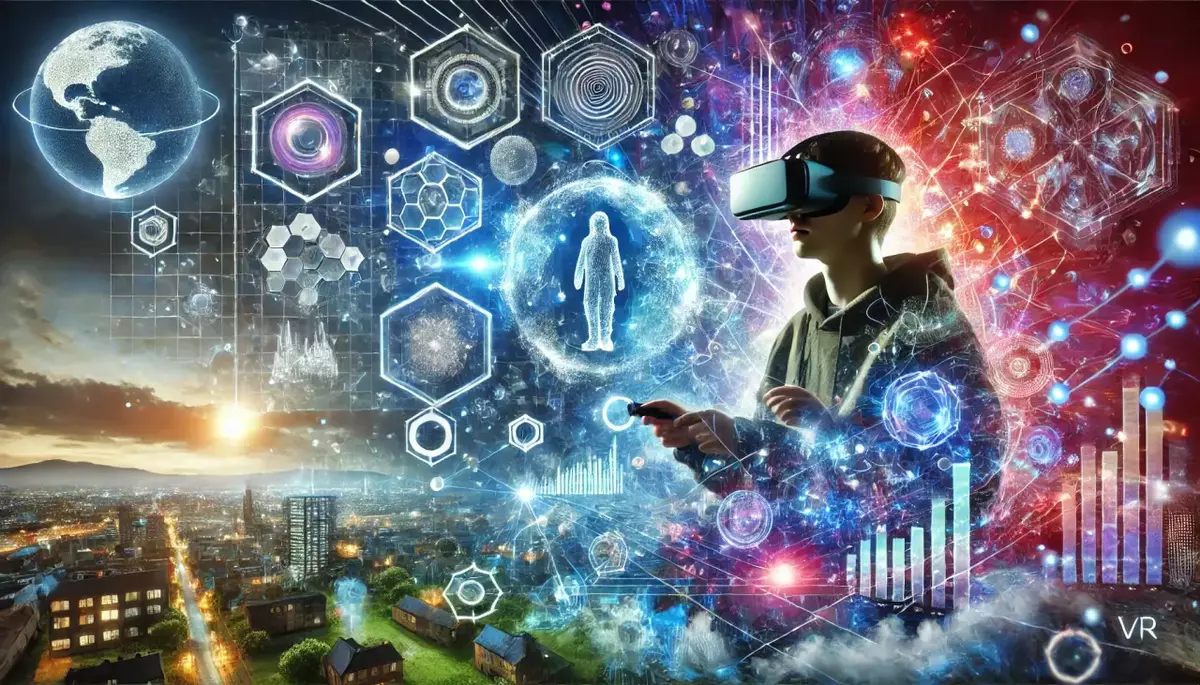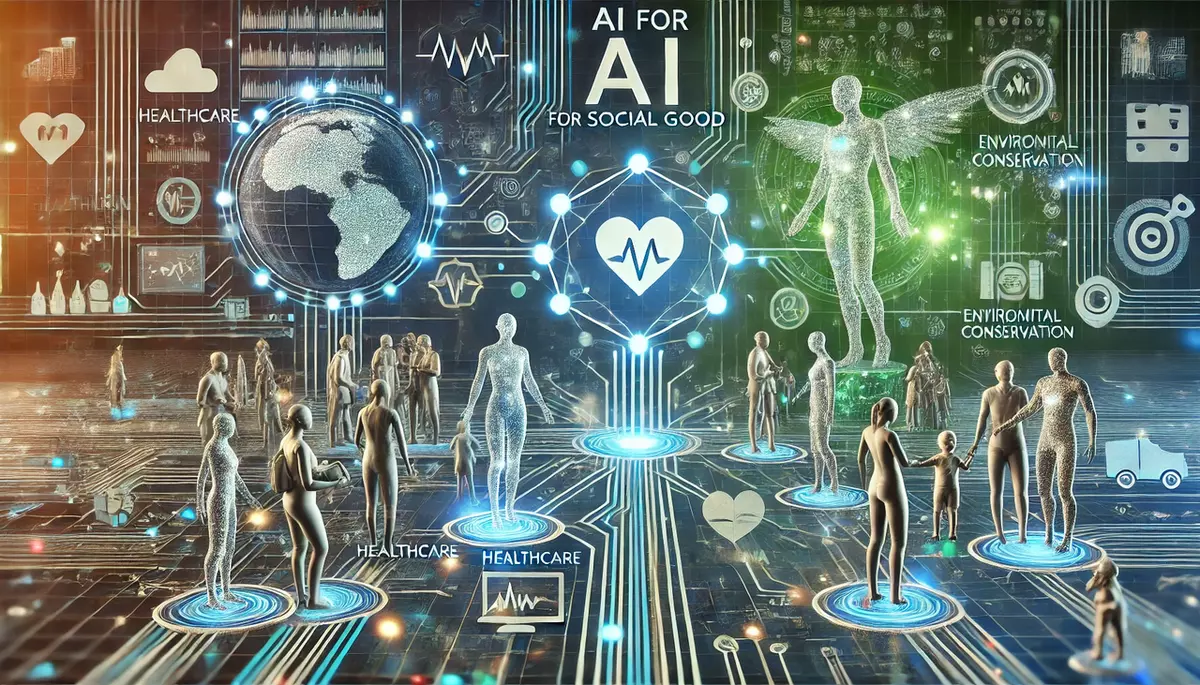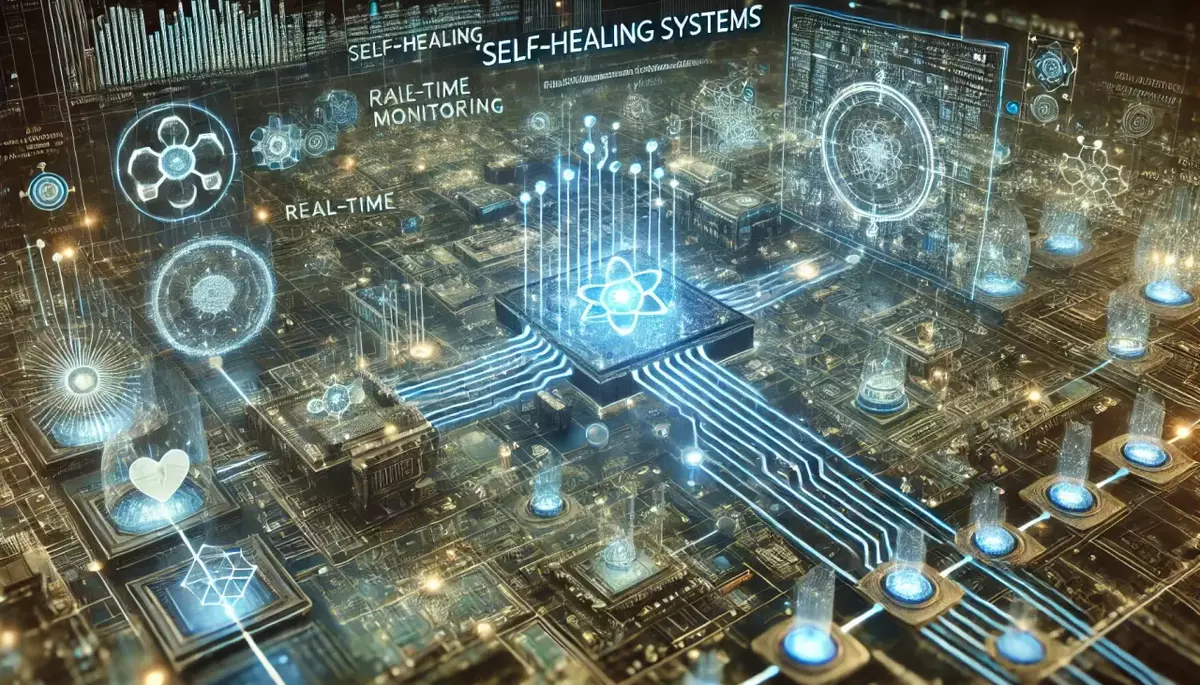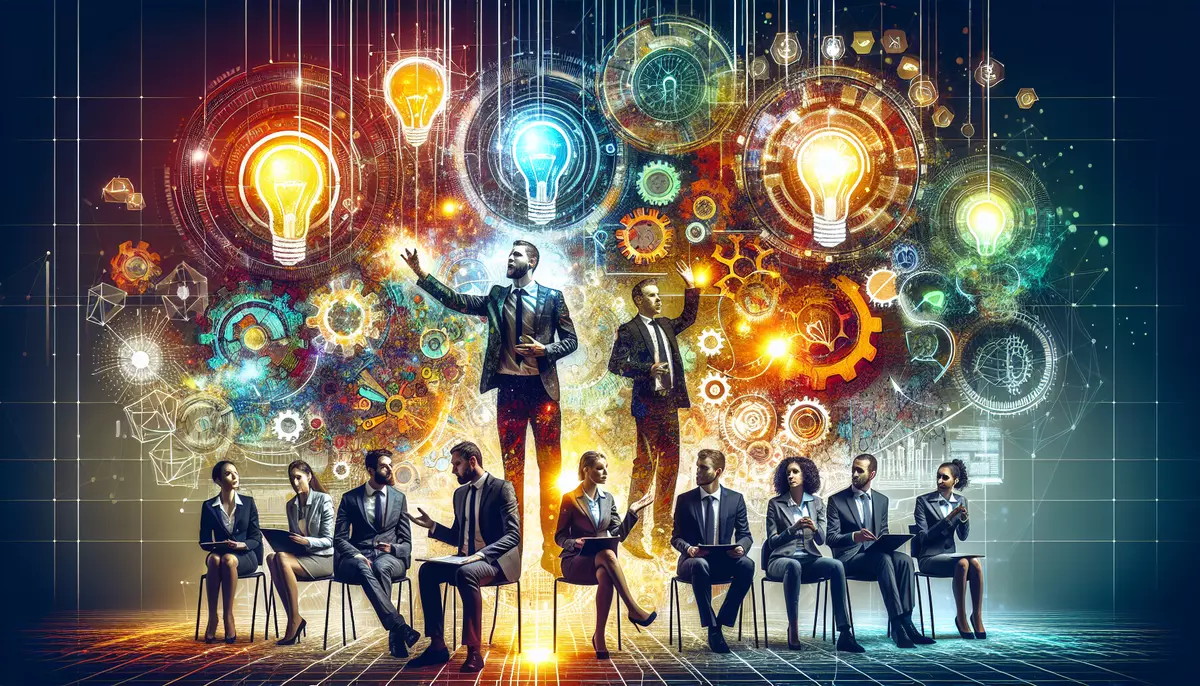Introduction
As artificial intelligence (AI) systems become increasingly integrated into our daily lives, the ethical implications of their development and deployment have come under intense scrutiny. One of the key concerns is the potential for AI systems to exhibit biases, which can lead to unfair and discriminatory outcomes. This knowledge base article explores the complex issue of AI ethics and bias, examining the causes, consequences, and strategies for mitigating these challenges.
Understanding AI Bias
AI bias refers to the systematic errors or prejudices that can arise in the design, data, or algorithms used to develop AI systems. These biases can manifest in various forms, including gender, racial, socioeconomic, and other forms of discrimination.
Sources of AI Bias
- Biased Training Data: If the data used to train an AI system reflects societal biases or underrepresentation of certain groups, the resulting model may perpetuate and amplify these biases.
- Algorithmic Bias: The mathematical models and algorithms used to process data can inherently encode biases, leading to skewed outputs and decisions.
- Human Bias: The developers, designers, and stakeholders involved in the creation of AI systems may unknowingly or consciously introduce their own biases into the technology.
Consequences of AI Bias
The presence of bias in AI systems can have significant and far-reaching consequences, affecting individuals, communities, and society as a whole.
Potential Impacts of AI Bias
- Discrimination and Exclusion: AI-driven decisions and recommendations can lead to the unfair treatment or exclusion of certain groups, exacerbating existing inequalities.
- Eroding Trust: The public’s trust in AI systems can be undermined if they are perceived as biased or untrustworthy, hindering their widespread adoption and use.
- Perpetuating Societal Biases: AI systems that reflect and amplify societal biases can reinforce and entrench these biases, making it more challenging to address underlying issues.
- Ethical and Legal Concerns: The use of biased AI systems can raise ethical and legal concerns, particularly around issues of fairness, accountability, and compliance with anti-discrimination laws.
Mitigating AI Bias
Addressing the challenge of AI bias requires a multifaceted approach involving various stakeholders, including AI developers, policymakers, and the broader public.
Strategies for Mitigating AI Bias
- Diverse and Representative Data: Ensuring that the training data used to develop AI systems is diverse, inclusive, and representative of the population it aims to serve.
- Algorithmic Auditing: Regularly testing and evaluating AI systems for potential biases, and implementing mechanisms to identify and correct biased outputs.
- Ethical AI Frameworks: Developing and adhering to ethical guidelines and principles that prioritize fairness, transparency, and accountability in AI development and deployment.
- Interdisciplinary Collaboration: Fostering collaboration between AI experts, ethicists, policymakers, and affected communities to address the complex challenges of AI bias.
- Public Awareness and Education: Increasing public understanding of AI bias and its implications, empowering individuals to recognize and challenge biased AI systems.
The Future of AI Ethics and Bias
As AI technology continues to evolve, the need to address ethical concerns and mitigate bias will only become more pressing. Ongoing research, policy development, and public discourse will be crucial in shaping the future of AI ethics and ensuring that these powerful technologies are deployed in a fair, equitable, and responsible manner.
Conclusion
The challenge of AI bias is a complex and multifaceted issue that requires a comprehensive and collaborative approach. By understanding the sources of bias, recognizing the potential consequences, and implementing effective mitigation strategies, we can work towards the development of AI systems that are fair, inclusive, and aligned with ethical principles. Addressing AI bias is not only a technical challenge but also a societal imperative, as we strive to harness the transformative power of AI in a way that benefits all members of our communities.
This knowledge base article is provided by Fabled Sky Research, a company dedicated to exploring and disseminating information on cutting-edge technologies. For more information, please visit our website at https://fabledsky.com/.
References
- Barocas, S., & Selbst, A. D. (2016). Big data’s disparate impact. California Law Review, 104, 671.
- Buolamwini, J., & Gebru, T. (2018). Gender shades: Intersectional accuracy disparities in commercial gender classification. Proceedings of Machine Learning Research, 81, 1-15.
- Caliskan, A., Bryson, J. J., & Narayanan, A. (2017). Semantics derived automatically from language corpora contain human-like biases. Science, 356(6334), 183-186.
- Jobin, A., Ienca, M., & Vayena, E. (2019). The global landscape of AI ethics guidelines. Nature Machine Intelligence, 1(9), 389-399.
- Mehrabi, N., Morstatter, F., Saxena, N., Lerman, K., & Galstyan, A. (2021). A survey on bias and fairness in machine learning. ACM Computing Surveys (CSUR), 54(6), 1-35.

